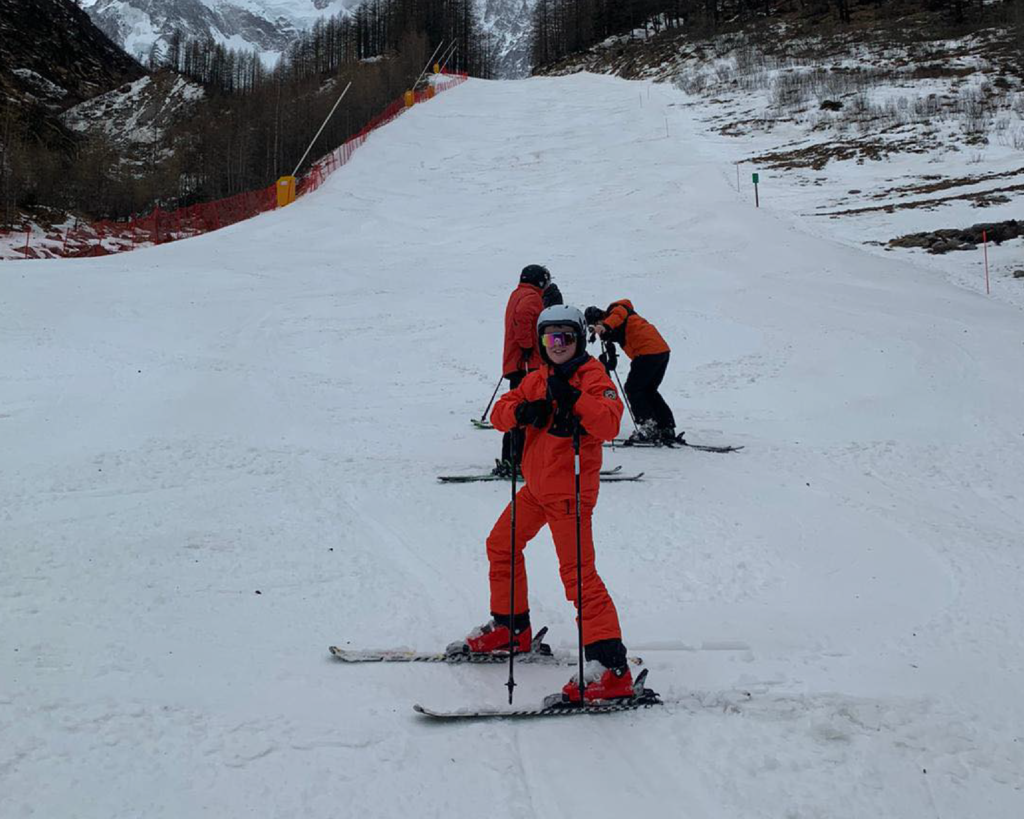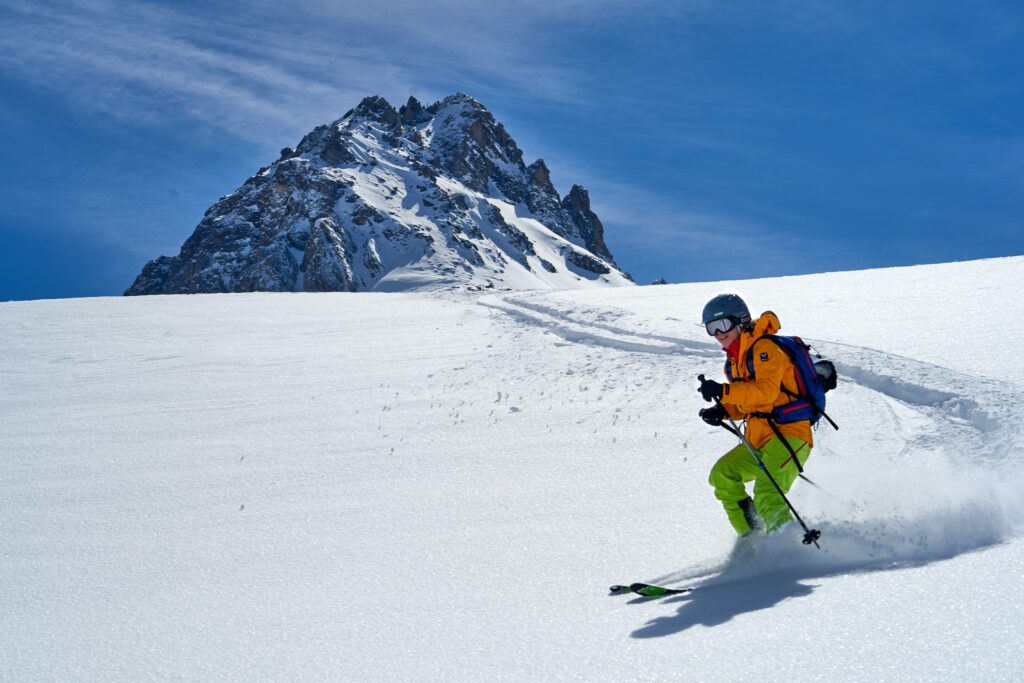Known worldwide as a top tourist destination, Italian ski holidays are just part of the attraction.
Sharing Mont Blanc – Europe’s highest peak – with France and the Matterhorn with Switzerland, over three-quarters of Italy is either on a mountain or up a hill, including Sicily which has a ski slope on Mount Etna.
Also, in the north of the country, Monte Rossa is a principal mountain mass in the eastern part of the Pennine Alps, on the border with Switzerland. The east face of the Monte Rosa towards Italy has a height of about 2.400 metres and is the highest mountain wall of the Alps.
Italian ski holidays are a relatively recent addition to a host of reasons to visit the country. When you add The Alps into the mix of amazing food, lakes, beaches, and a culture that traces its roots back to an ancient world of art and fashion, you can see why Italy has become a year-round holiday destination.
Perfect conditions

Although evidence of skis for travelling around snowy environments dates back to 6000 BCE, Italian ski holidays didn’t start to evolve until the late 1800s.
Skiing emerged from Scandinavia in the mid-1800s as a popular recreational activity in snow-covered regions. Taking into consideration the perfect geographical conditions for Skiing, Italians soon realised the potential it had on its snow-covered mountains to develop a growing market for winter resorts and related communities.
With 35% of Italy’s territory being covered by mountains, it was only a matter of time before the region became a destination for Italian ski holidays.
2026 Winter Olympics
In 2026, Cortina d’Ampezzo will host a Winter Olympics for the 2nd year, when it shares the event with Milan. A town set in the heart of the southern Alps, Cortina d’Ampezzo – https://en.wikipedia.org/wiki/Cortina_d%27Ampezzo – is where the first ski club, Club Sportivo Ampesso, was established in 1903, setting the seed for the future evolution of Italian Ski Holidays.
Set in the Susa Valley, on the French border, the Italian village of Sestriere brings 20,000 tourists to 146 connectable pistes – https://en.wikipedia.org/wiki/Sestriere. With the help of businessman Giovanni Agnelli – https://www.thegentlemansjournal.com/article/gianni-agnelli-italy-fiat-ferrari-juventus-stampa-life-legacy/ – and his powerful connections, the first single-purpose ski resort was created, launching a new era for Italian ski holidays.
The government extended the national system of motorways with a train station that delivered tourists straight to Sestriere, and by 1938, there was a lift network and 74 downhill runs.
In those early years, skiing was a luxury only a small, affluent elite of enthusiasts could afford. The slopes were poorly managed and remote Alpine locations were geared towards lengthy stays, with only the upper-classes having the means to afford such a commitment.
The rise of Italian ski holidays

The region’s steep terrain appealed to those with an ambition for speed and the pre-war years saw the popularity of the sport rise with a push from the media and the presence of celebrities in Alpine competitions.
Following WWII, as Europe’s economy grew in the 1950s – https://www.italiaoutdoors.com/index.php/764-history-of-italy/history-modern/1300-history-republic-1950 – Italy finally joined the industrial league of nations and skiing moved beyond a leisure activity for a wealthy elite. The Italians turned snow into a ‘white gold rush’ by modelling the slopes around single-purpose resorts, placing emphasis around specific spaces that were ideally suited for the sport, manipulating the landscape, managing risk, and engineering technologies for avalanche prevention.
These models helped to define the industry and make Italian ski holidays as popular as they are today, with resorts using the Italian blueprint throughout the world.
Are you are looking to be part of the Italian ski holidays history? Contact us for unforgettable summer and winter breaks for all the family – Booking | Contact Monterosa | Italian Ski Holidays (monterosaholidays.com).
